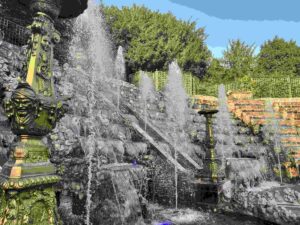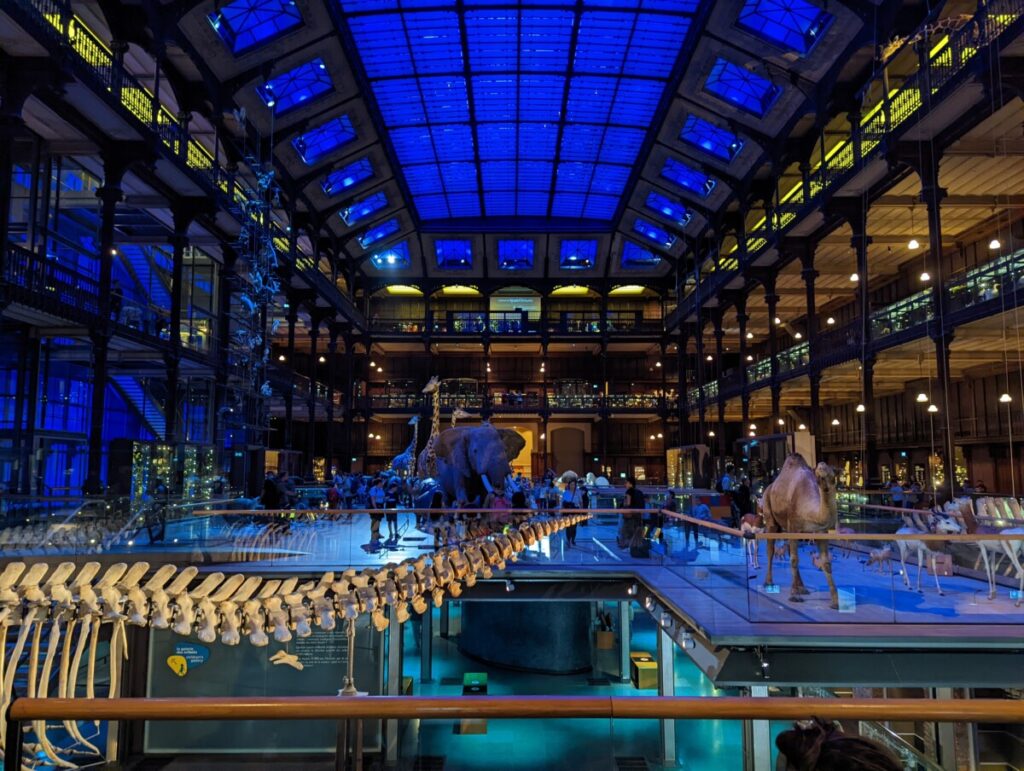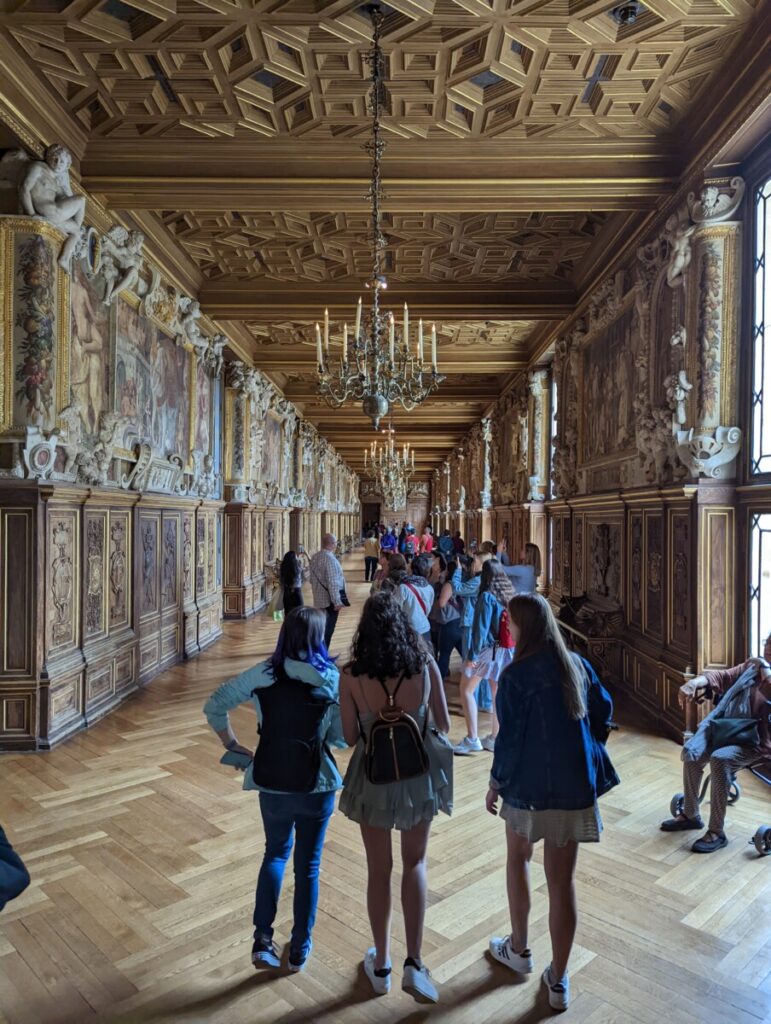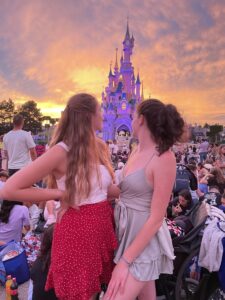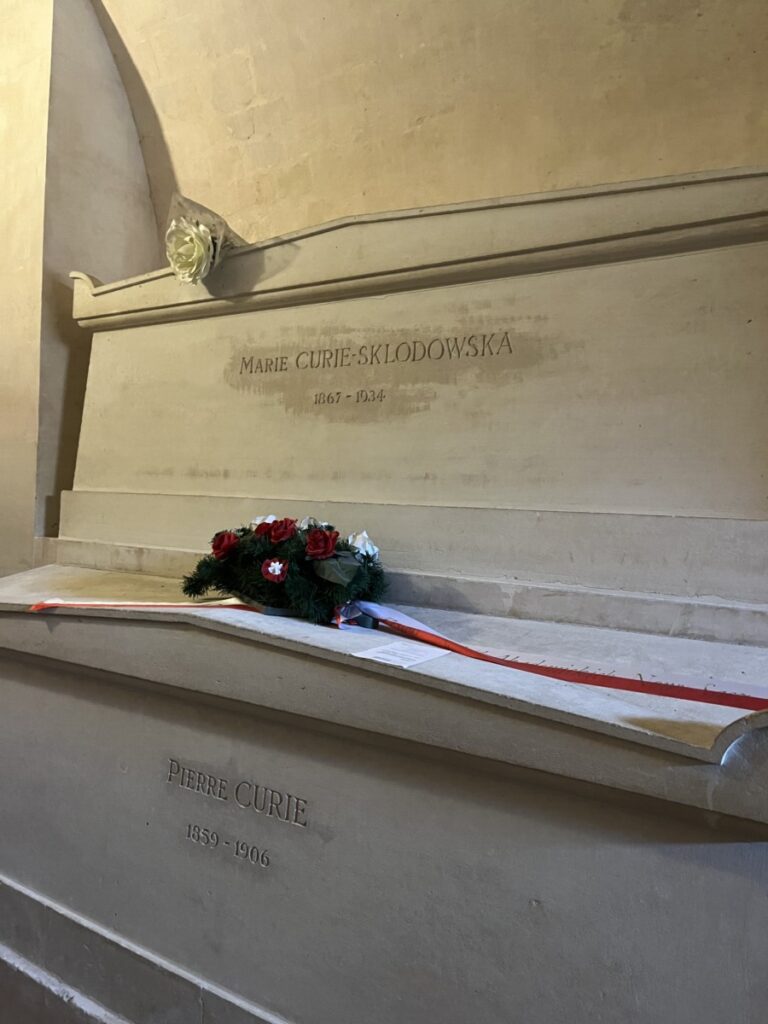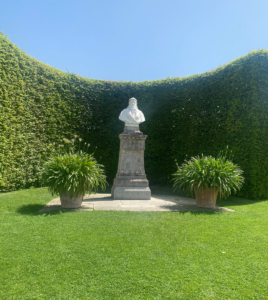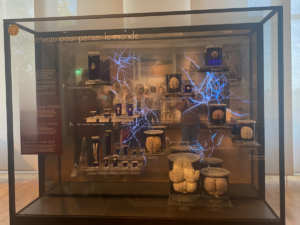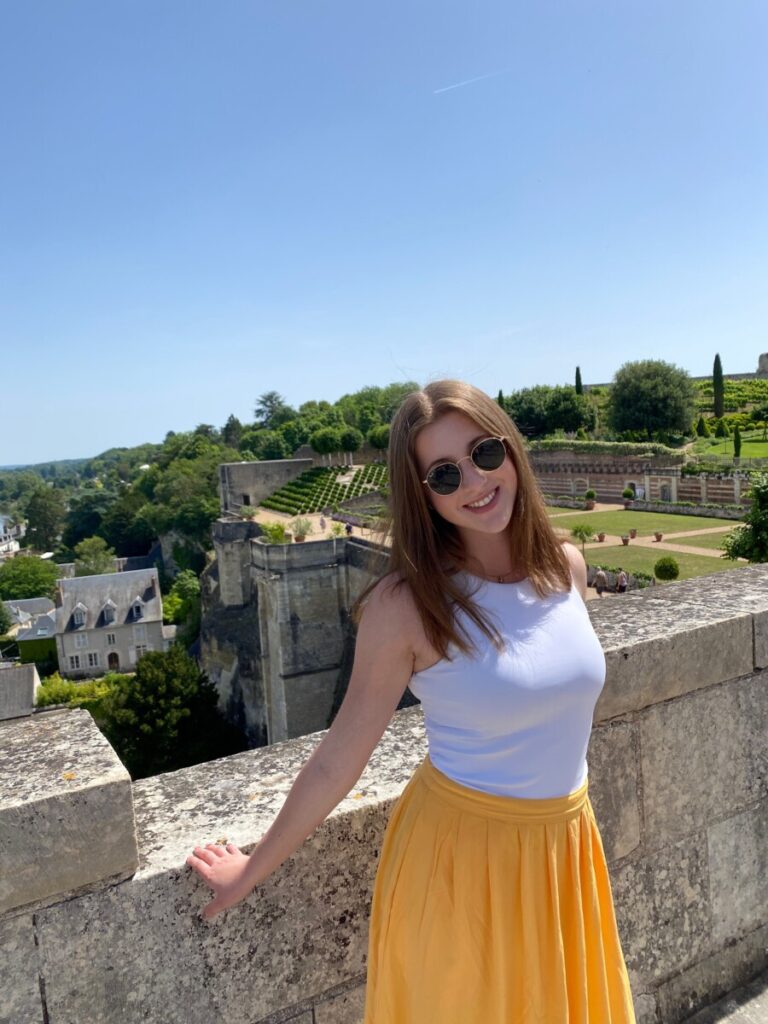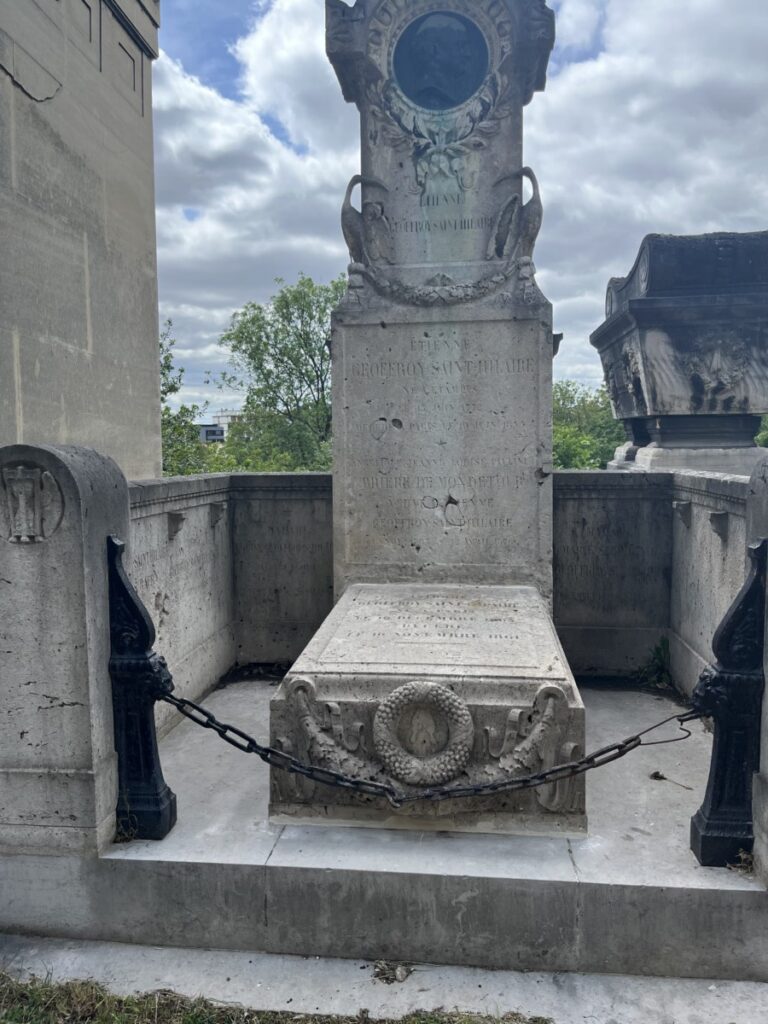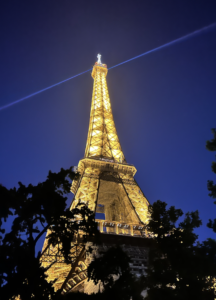
Ever since learning French in high school, I have dreamed of visiting Paris. Over the years, I found myself collecting miniature Eiffel Towers with the hopes of visiting the real one one day. Finally, 7 years later, I was able to make that dream come true and not only admire the monument from afar but also climb upon it. My favorite view was at night when the lights illuminated the tower. An interesting fact that I learned from the tour guide was that from all the suggestions that Gustave Eiffel received when making the design, one of the only ones he decided to incorporate was the suggestion to add scientists’ names to the side of the structure. I was very surprised to learn that Marie François Xavier Bichat, who did research on neuroscience, made the exclusive list! Whenever I think of the Eiffel tower now, I will always connect it to neuroscience, both because of Marie François and because of the amazing experience I had in the city of love!

